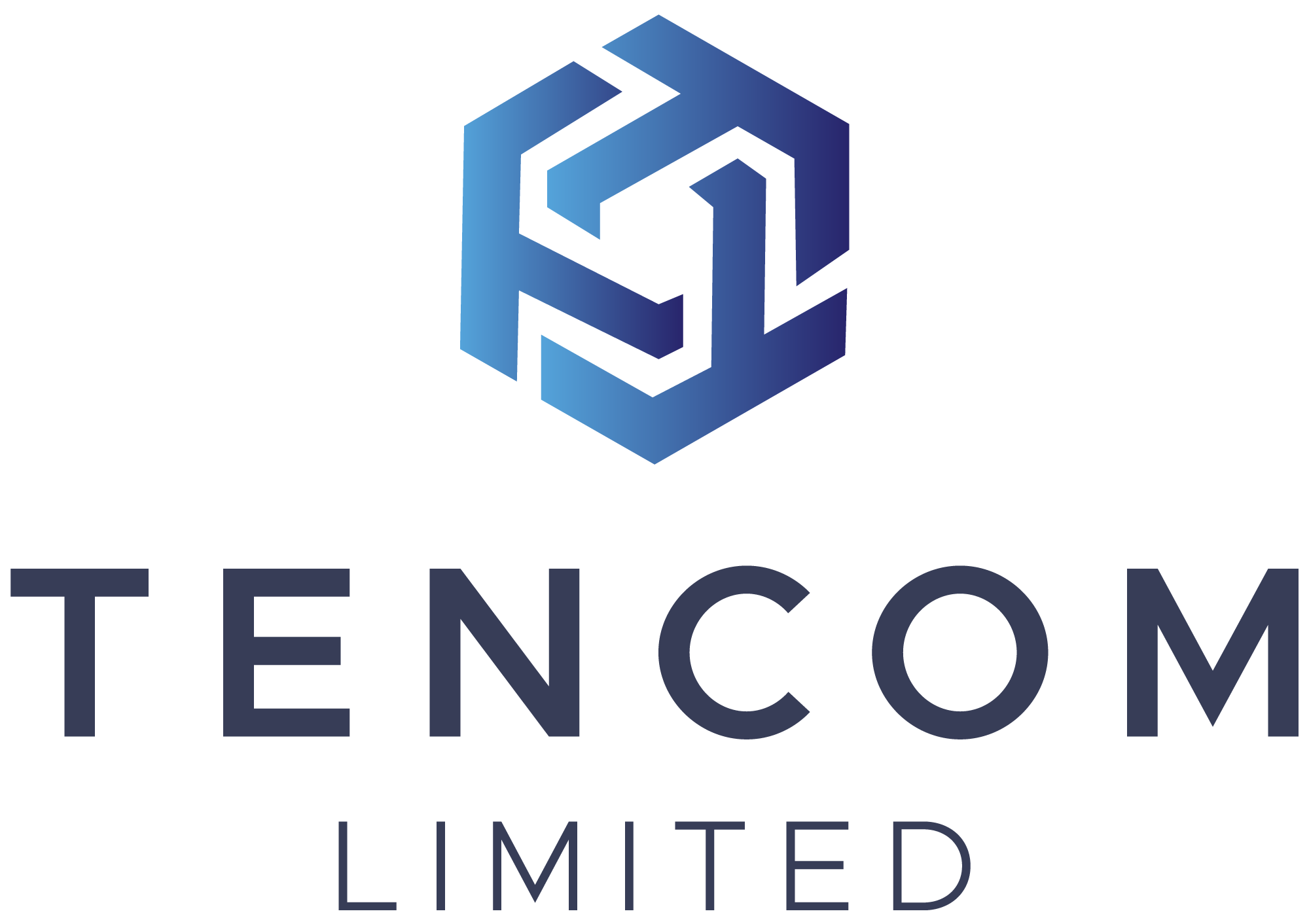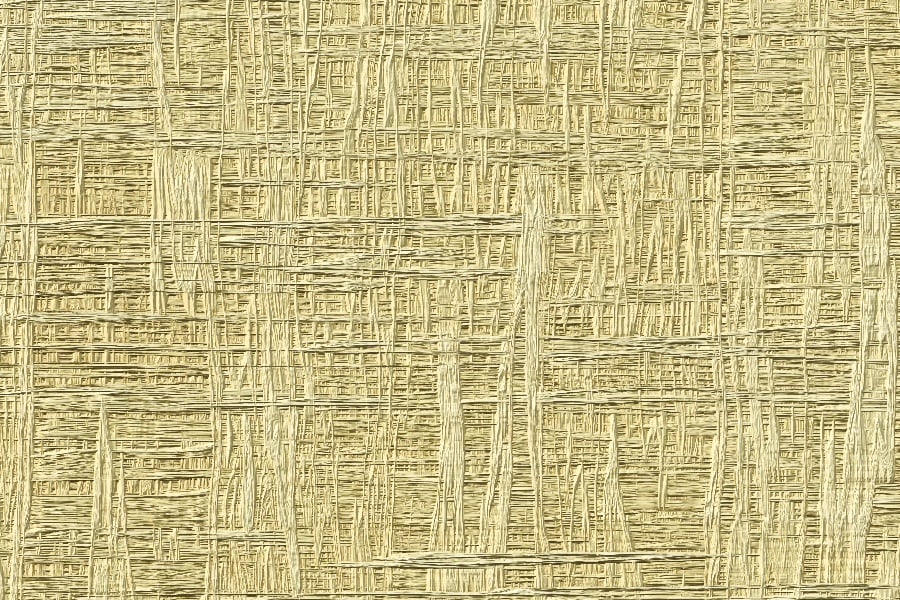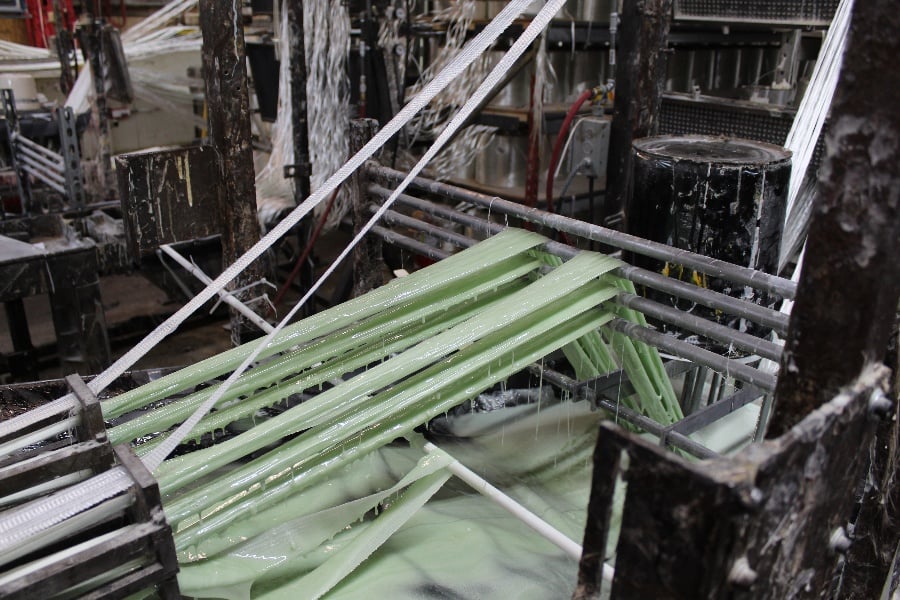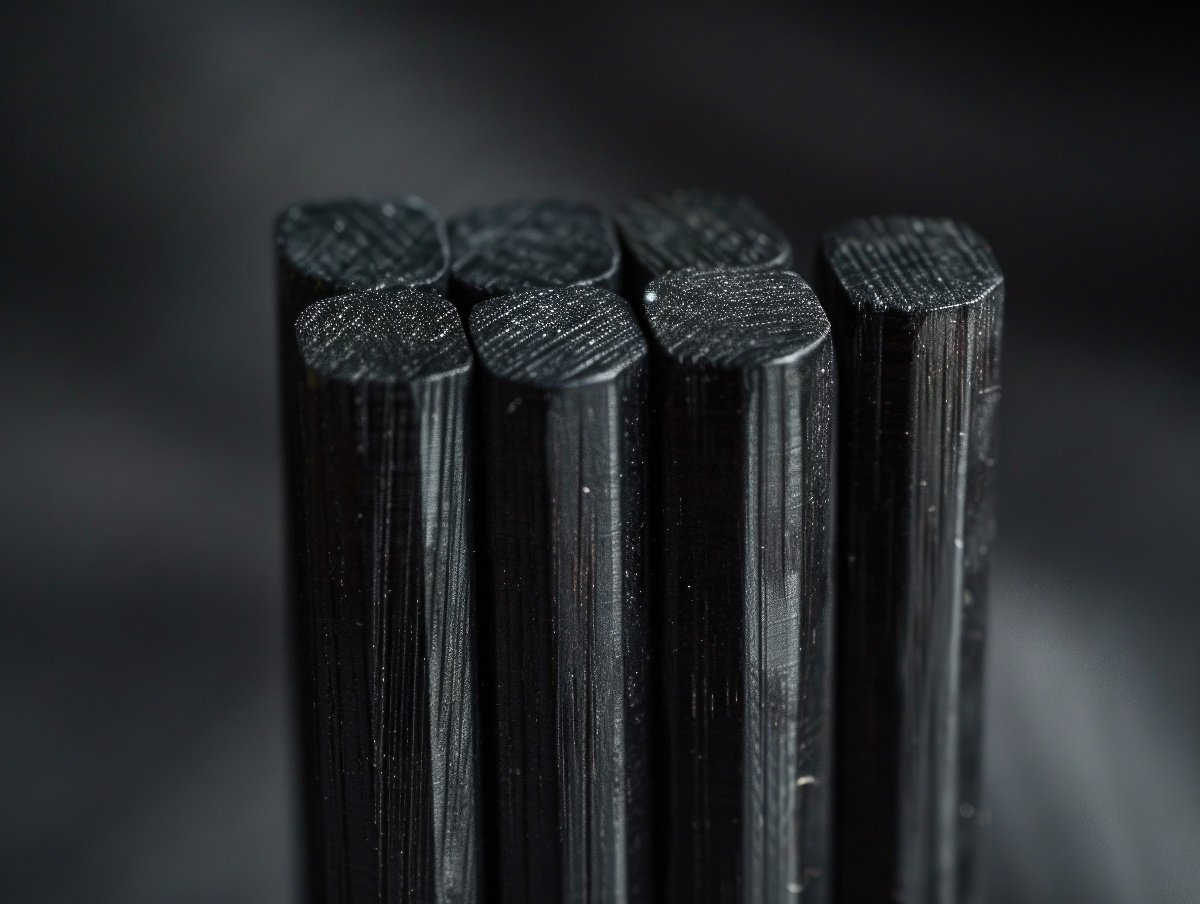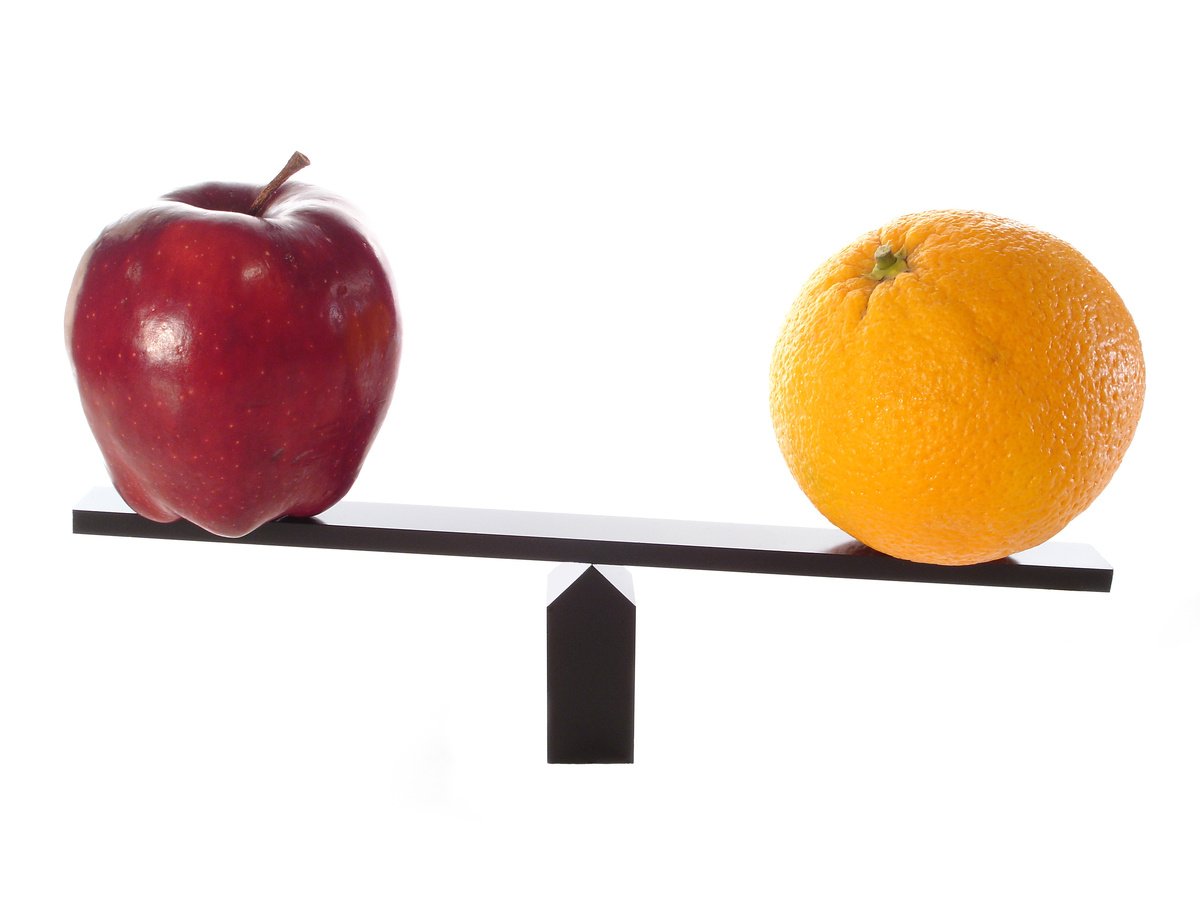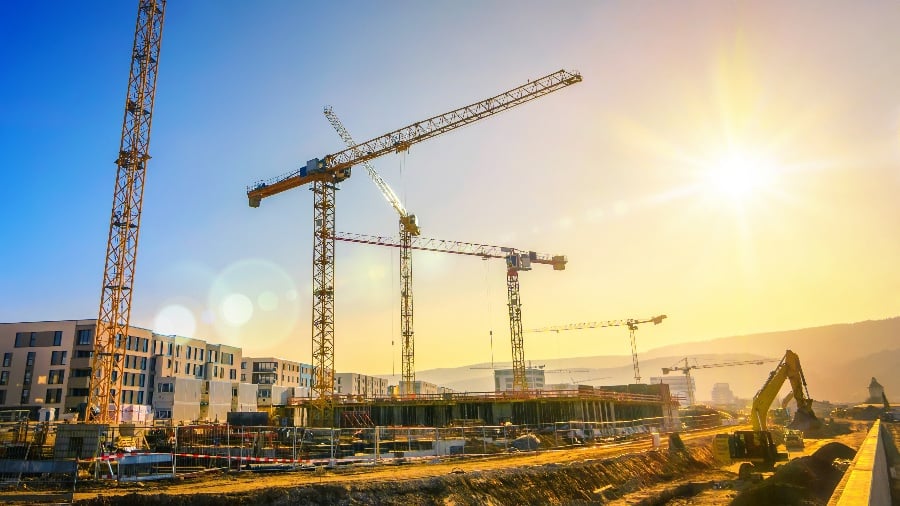
In the evolving landscape of composite materials production, fiberglass pultrusion stands as a cornerstone process for creating high-strength, lightweight profiles used across industries such as construction, aerospace, and renewable energy. Pultrusion involves continuously pulling fiber reinforcements through a resin bath and into a heated die, where the material cures to form rigid structures like rods, tubes, and beams.
As of 2025, the integration of advanced manufacturing technologies— including automation, robotics, Industry 4.0 principles, and additive manufacturing—has significantly enhanced this process, improving precision, efficiency, and scalability.
This article examines these integrations, their technical implications, and future prospects.
Automation and Robotics in Pultrusion Processes
Automation has transformed traditional pultrusion lines by incorporating robotic systems for material handling, resin impregnation, and quality control. In modern setups, 6-axis robotic arms facilitate precise fiber placement and die management, reducing human intervention and minimizing defects. For instance, automated fiber creels and resin dispensers ensure consistent impregnation, while robotic pullers maintain uniform tension, achieving production speeds up to 30% higher than manual methods.
This convergence is particularly evident in the production of glass fiber reinforced polymer (GFRP) components, where robotics enables the creation of complex geometries, including curved profiles—a challenge in conventional straight-line pultrusion.
Recent implementations in North American facilities demonstrate how these technologies support high-volume output for wind energy infrastructure applications, where pultruded fiberglass blades benefit from robotic precision to enhance aerodynamic performance.
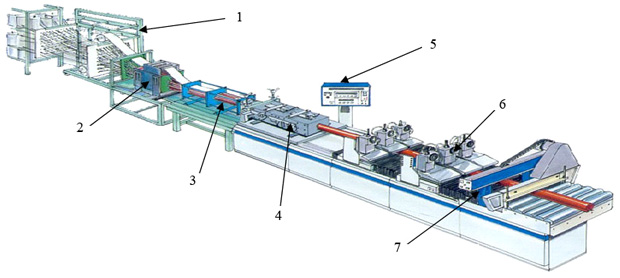
Incorporation of Industry 4.0 and Smart Technologies
The adoption of Industry 4.0 principles represents a pivotal advancement in fiberglass pultrusion. Real-time monitoring via Internet of Things (IoT) sensors integrated into pultrusion machines enables predictive maintenance and process optimization. These sensors track variables such as temperature, resin viscosity, and fiber alignment, feeding data to artificial intelligence (AI) algorithms that dynamically adjust parameters to prevent defects such as voids or uneven curing.
In GFRP rebar production, for example, IoT-enabled systems embed sensors within pultruded profiles to monitor structural integrity in real time once installed in concrete structures. This innovative integration not only extends the lifecycle of the materials but also aligns with sustainability goals by reducing waste during manufacturing.
Market analyses project that such technologies will drive the pultruded fiberglass sector toward a compound annual growth rate of approximately 7.94% through 2034, fueled by these efficiencies.
Synergies with Additive Manufacturing
A notable trend in 2025 is the hybridization of pultrusion with additive manufacturing techniques, such as 3D printing, to produce customized composites. Traditional pultrusion excels in linear profiles, but when combined with additive processes, it enables the fabrication of hybrid structures with enhanced properties.
For aerospace applications, pultruded fiberglass cores are overlaid with 3D-printed reinforcements, incorporating materials like ABS reinforced with 10% glass fiber (ABS-GF) to boost strength by 30% and improve warp resistance.
Companies in the space sector have upgraded their production lines with in-house additive manufacturing tools, enabling rapid prototyping and the development of custom alloys for pultruded components. This approach reduces lead times and supports agile manufacturing, as seen in the creation of drone frames where Kevlar-threaded optical fibers double tensile strength through integrated pultrusion and winding processes.
Such synergies are competing effectively with traditional methods such as injection molding, offering cost savings and greater flexibility for low-volume, high-mix production.
Applications and Economic Implications
The integration of these technologies extends pultrusion's applicability in critical sectors. In construction, automated pultrusion produces corrosion-resistant GFRP rebar for infrastructure projects, integrated with intelligent sensors for long-term monitoring. Aerospace and automotive industries leverage robotic pultrusion to produce lightweight components, such as carbon-fiber hybrids, that achieve variable thicknesses through automated fiber placement (AFP) machines.
Economically, these advancements reduce production costs by up to 30% through efficiency gains and material optimization, making fiberglass pultrusion a competitive alternative to metals such as steel. As global investments in renewable energy rise, pultruded composites integrated with advanced tech are poised to support sustainable infrastructure development.
Future Prospects and Challenges
Looking ahead, the trajectory for fiberglass pultrusion involves further AI-driven optimizations and expanded use of hybrid materials. Challenges include ensuring compatibility between legacy systems and new technologies, as well as addressing skilled labor shortages through digital manufacturing training. Nonetheless, these integrations promise to elevate pultrusion's role in achieving lighter, stronger, and more sustainable materials by 2030 and beyond.
In summary, the fusion of fiberglass pultrusion with advanced manufacturing technologies in 2025 marks a paradigm shift toward intelligent, efficient production, driving innovation across multiple industries while maintaining the material's inherent advantages of durability and cost-effectiveness.
